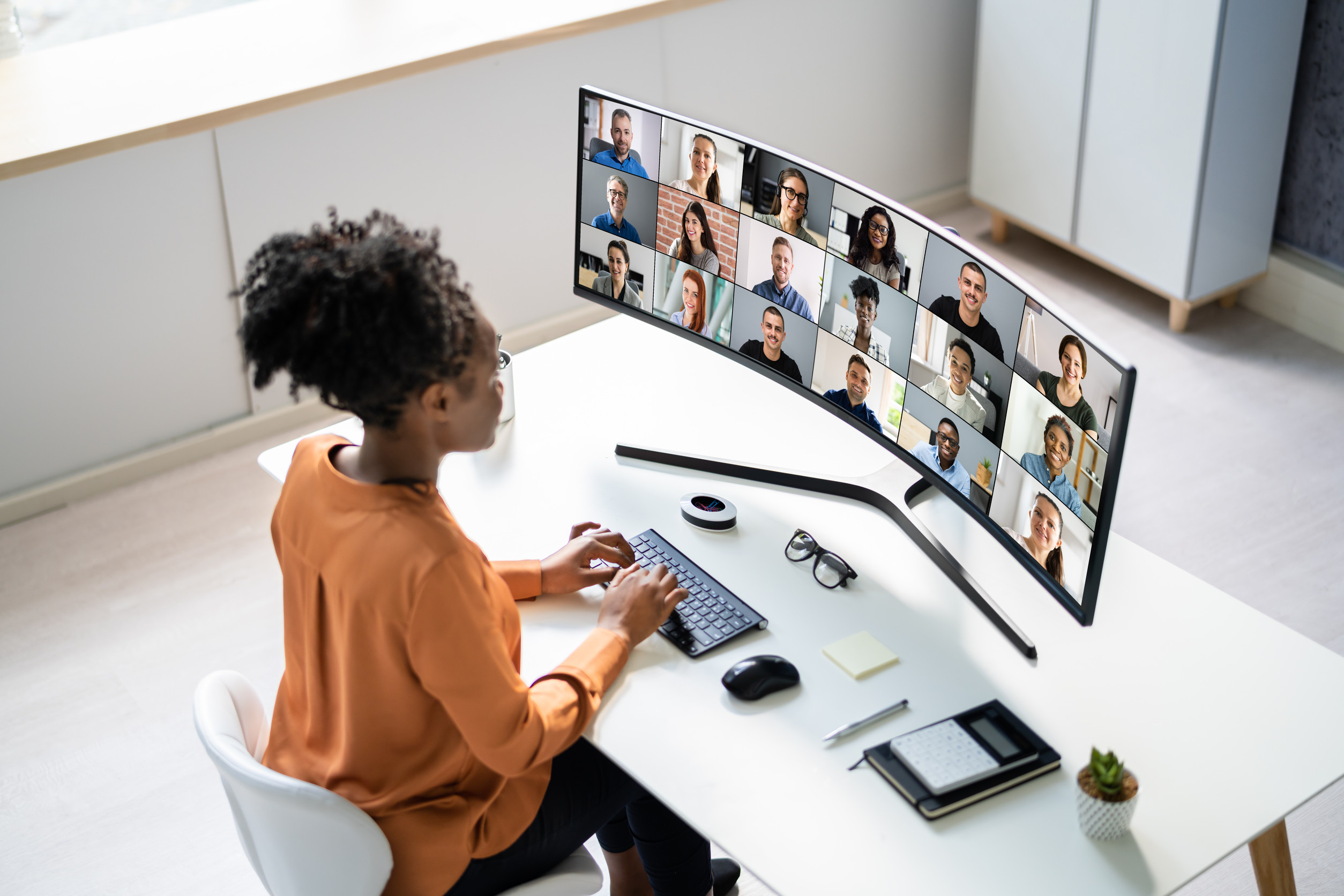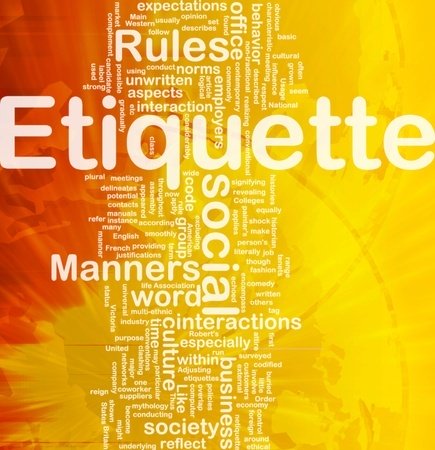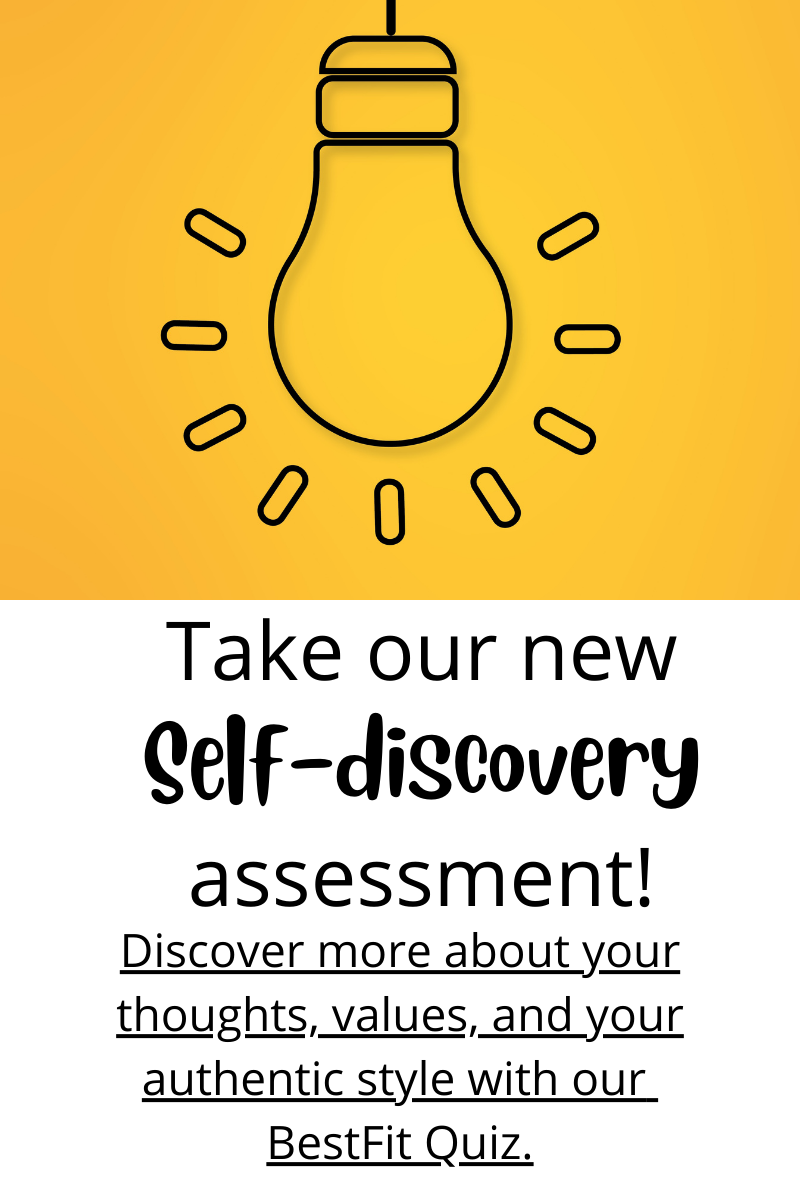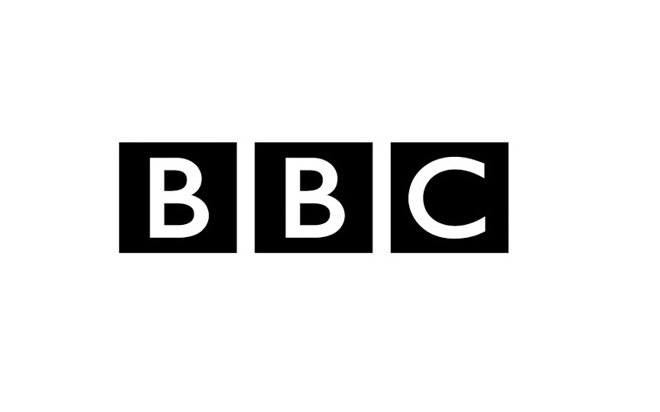The Power of Facial Expressions in
Virtual Communication
 Image Source: vectorfusionart; "People collage portrait.", 2025. Accessed via https://www.123RF.com/photo_178787735, Standard License.
Image Source: vectorfusionart; "People collage portrait.", 2025. Accessed via https://www.123RF.com/photo_178787735, Standard License.In digital workspaces and social communications, facial expressions have become more important than ever. While we've always known that face-to-face communication carries significant weight, the shift to video conferencing has amplified the impact of our nonverbal cues. Understanding what your facial expressions communicate can be the difference between building strong relationships and inadvertently sending the wrong message.
The Science Behind Facial Expression Communication
The study of facial expressions and their role in communication has deep historical roots. Charles Darwin published "The Expression of the Emotions in Man and Animals" in 1872, establishing the foundation for understanding how facial expressions convey emotions across species. Darwin's research reduced the number of commonly observed emotions to six "core" expressions: anger, fear, surprise, disgust, happiness, and sadness.
Modern research continues to validate Darwin's pioneering work. Facial expression has been found to be the richest source of information about emotions, providing more discrete emotional states than voice, although facial expressions are harder to fabricate or regulate. Recent studies reveal that facial expressions and other nonverbal behaviors significantly contribute to how others perceive our personality traits.
The Virtual Meeting Challenge
In video communications, every facial expression is magnified. Unlike in-person meetings where body language and spatial dynamics play larger roles, video calls focus attention squarely on our faces. This concentrated focus means that a lifted brow, a quick glance away, or unconscious fidgeting with our face or hair can send unintended signals to colleagues and clients.
The challenge becomes even more complex when we consider multitasking during video calls. Many professionals admit to checking emails, reviewing documents, or attending to other tasks while maintaining a "face only" presence in meetings. However, this divided attention often shows through subtle facial cues that keen observers can detect.
Learning from History: The Kennedy-Nixon Lesson
The importance of visual presentation isn't new. The first Kennedy-Nixon debate in 1960 captured over 65 million viewers and had a major impact on the election's outcome. Kennedy looked and sounded good on television, while Nixon looked pale and tired, with a five o'clock shadow beard. The visual contrast was so significant that audiences who listened on radio tended to think Nixon had won, while those who watched on TV claimed victory for Kennedy.
This historic example demonstrates how powerful visual cues can be in shaping perceptions of leadership, competence, and trustworthiness—qualities that remain crucial in today's virtual environment.
Best Practices for Video Facial Communication
- Stay Naturally Present
Maintain a natural, open, and pleasant facial expression throughout. Avoid the temptation to put on a "poker face," as this can be read as disinterest or disengagement. Instead, let your genuine interest in the conversation show through your expressions.
- Manage Your Breathing and Energy
Take deep, slow breaths during meetings and allow yourself to smile internally. This practice helps maintain a relaxed facial expression and prevents the tension that can accumulate during long video sessions. When you're genuinely engaged and breathing well, it shows positively in your facial expressions.
- Minimize Distracting Gestures
Avoid random gestures like touching your face or ears, adjusting your hair, or fidgeting with objects. These movements can be distracting to other participants and may signal nervousness or inattention. Keep your hands visible but still, using them only for purposeful gestures that support your communication.
- Remember Your Audience
When looking at your camera, remember that there's a real audience on the other side. This mental shift can help you maintain appropriate eye contact and facial expressions that convey engagement and professionalism. Think of each video call as a face-to-face meeting where your expressions matter just as much as your words.
- Practice the Spectator Approach
A creative practice for maintaining presence involves imagining yourself as an impartial spectator watching your own performance during the video conference. Or, you might employ the question, "What's it like to be on the other side of me?" as a way to see yourself as others see you.
The Stakes Are Higher in Virtual Environments
Unlike traditional in-person meetings where attention might be distributed across the room, the gallery view format of most video conferencing platforms means that participants can easily observe each other's facial expressions throughout the entire meeting. You are constantly communicating your level of engagement, confidence, and professionalism.
As remote and hybrid work models continue to shape our professional landscape, mastering the art of facial expression in virtual communication becomes essential. By understanding the power of nonverbal cues and implementing intentional practices during video meetings, you can ensure that your face is telling the story you want others to hear.
Remember that authenticity remains key—the goal isn't to create an artificial persona but to be mindfully present and genuinely engaged. When your facial expressions align with your intentions, you'll build stronger connections, convey competence, and leave lasting positive impressions in every virtual interaction.














